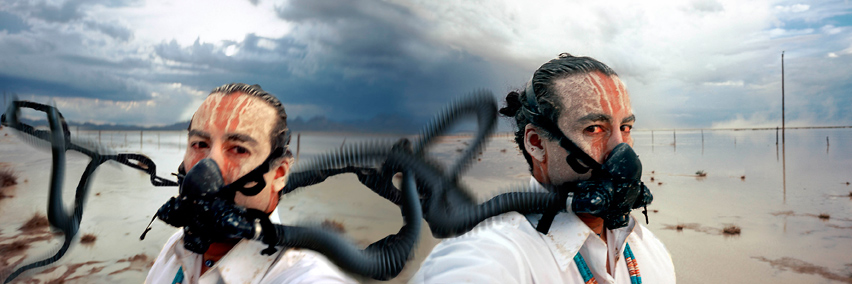
Nuclear Legacies
HIST 3573-003/AHI 4970-001
Elyssa Faison, Department of History
Alison Fields, Department of Art History
This interdisciplinary course explores the American deployment of atomic bombs in Japan during World War II, ensuing nuclear energy initiatives and anti-nuclear peace movements, and the global impact of nuclear testing. Taught by an historian of visual culture of the American West and an historian of modern Japan, it interweaves historical narratives, public memorialization, testimony, photography, art, and film that demonstrate engagement with ongoing nuclear legacies in North America, Japan, the islands of the Pacific, and beyond.
Public Lecture Series
The Departments of History and Art History present a public lecture series in conjunction with the Presidential Dream Course. Presentations are free and open to the public. For information or accommodation to events on the basis of disability, contact Elyssa Faison, efaison@ou.edu, 405-325-6370, or Alison Fields, afields@ou.edu, 405-325-0599. Course Image Credit: "Auto Immune Response #5" by Will Wilson
Survivors: Psychological Trauma and Memory Politics in Hiroshima and Auschwitz
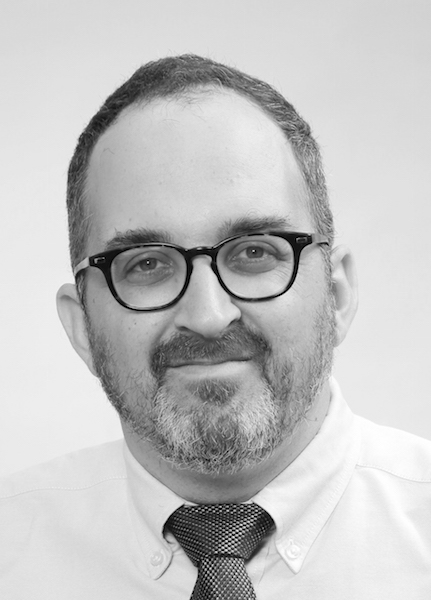
Monday, September 19, 2016
11:30 - 12:45 p.m.
Fred Jones Center 205
Ran Zwigenberg
Assistant Professor of History, Asian Studies, and Jewish Studies, Penn State University
In 1962 a young Jewish-American psychiatrist by the name of Robert J. Lifton came to Hiroshima to conduct research on the psychiatric impact of the A-bomb. His research, combined with research on Holocaust survivors and Vietnam veterans was crucial in the making of what is now known as Post Traumatic Stress Disorder. Lifton’s work was entangled with and contributed to the history of memory in Japan and the west. Based on his award winning book, Hiroshima: the Origins of Global Memory Culture (Cambridge University Press, 2014) as well as more recent research, Ran Zwigenberg’s talk will examine these entanglements and connections between the medical reaction to the Holocaust and Hiroshima and Nagasaki and the politics of memory in both contexts. What stood in the center of both histories were the survivors of the events, who became focal points of growing body of research as well as political symbols. The ‘survivor’, Zwigenberg argues, developed historically as a transnational category that drew on many sources, both within what came to be known as Holocaust discourse and outside of it. The convergence of the histories of Hiroshima and the Holocaust in the late sixties and seventies and the making fo the category of PTSD (as well as the subsequent rise of trauma studies) led to the formation of survivorhood as an expansive, universal category that was used beyond the confines of the two cases of mass-killings.
This lecture is co-sponsored by the Department of History and the Judaic and Israel Studies Program.
Film Screening with Filmmaker – Things Left Behind
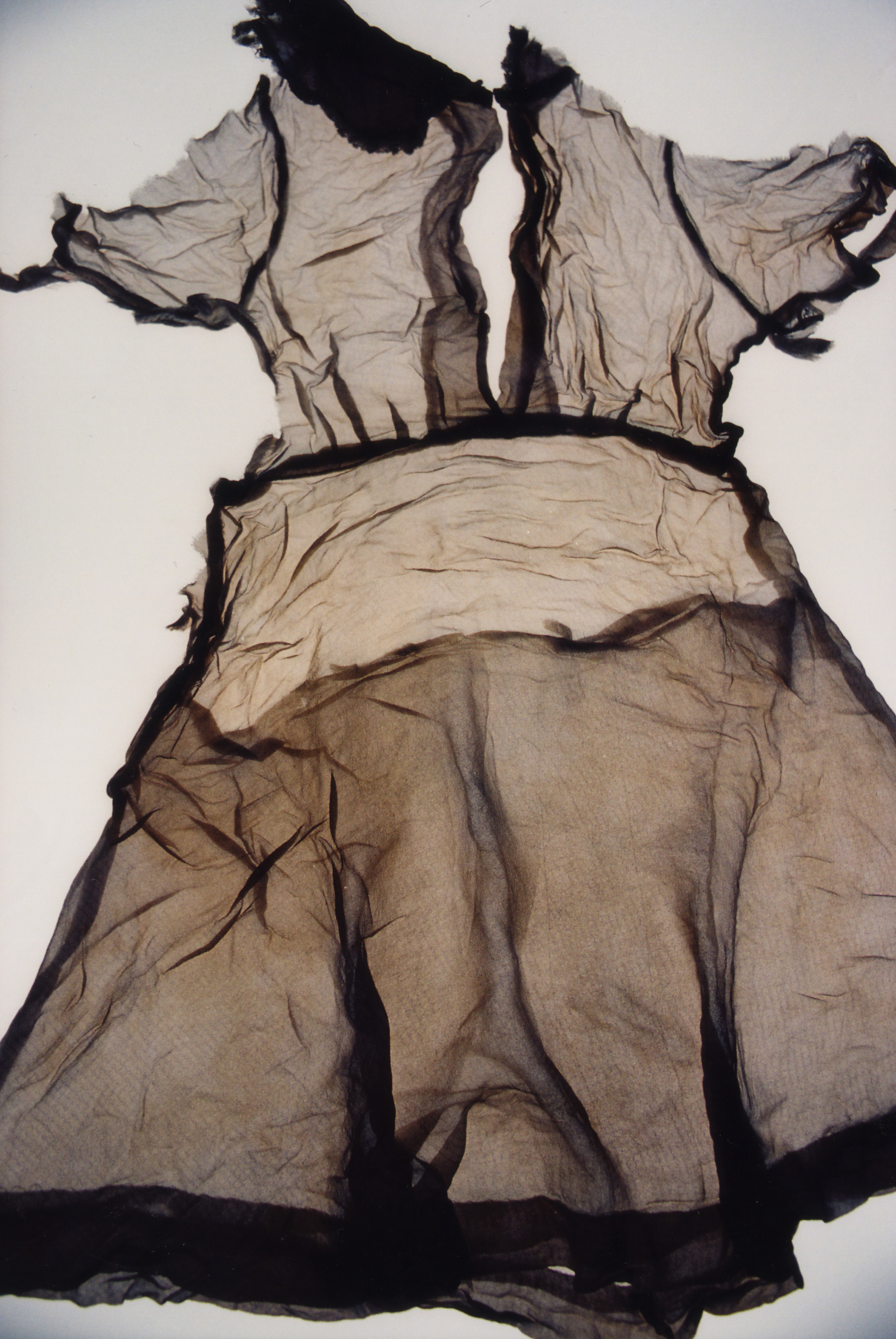
Tuesday, October 4, 2016
2:00 - 4:00 p.m.
Mary Eddy & Fred Jones Auditorium
In Linda Hoaglund’s documentary, Things Left Behind, the filmmaker explores the transformative power of “ひろしま hiroshima,” the first major international art exhibition devoted to the atomic bomb, shown at the Museum of Anthropology in Vancouver, Canada, from October 2011 to February 2012. The exhibition presented the eponymous photographic series by the renowned Japanese photographer Ishiuchi Miyako (b. 1947) in forty-eight color prints of clothing and personal effects which once belonged to some of the 140,000 people estimated to have been doomed by the bomb. To create the series, Ishiuchi brought the garments—donated by bereaved families over the decades, yet and poignantly vivid today—out of permanent storage at the Hiroshima Peace Memorial archive and photographed them in the light, to trace the spirits of those who once wore them.
After Things Left Behind
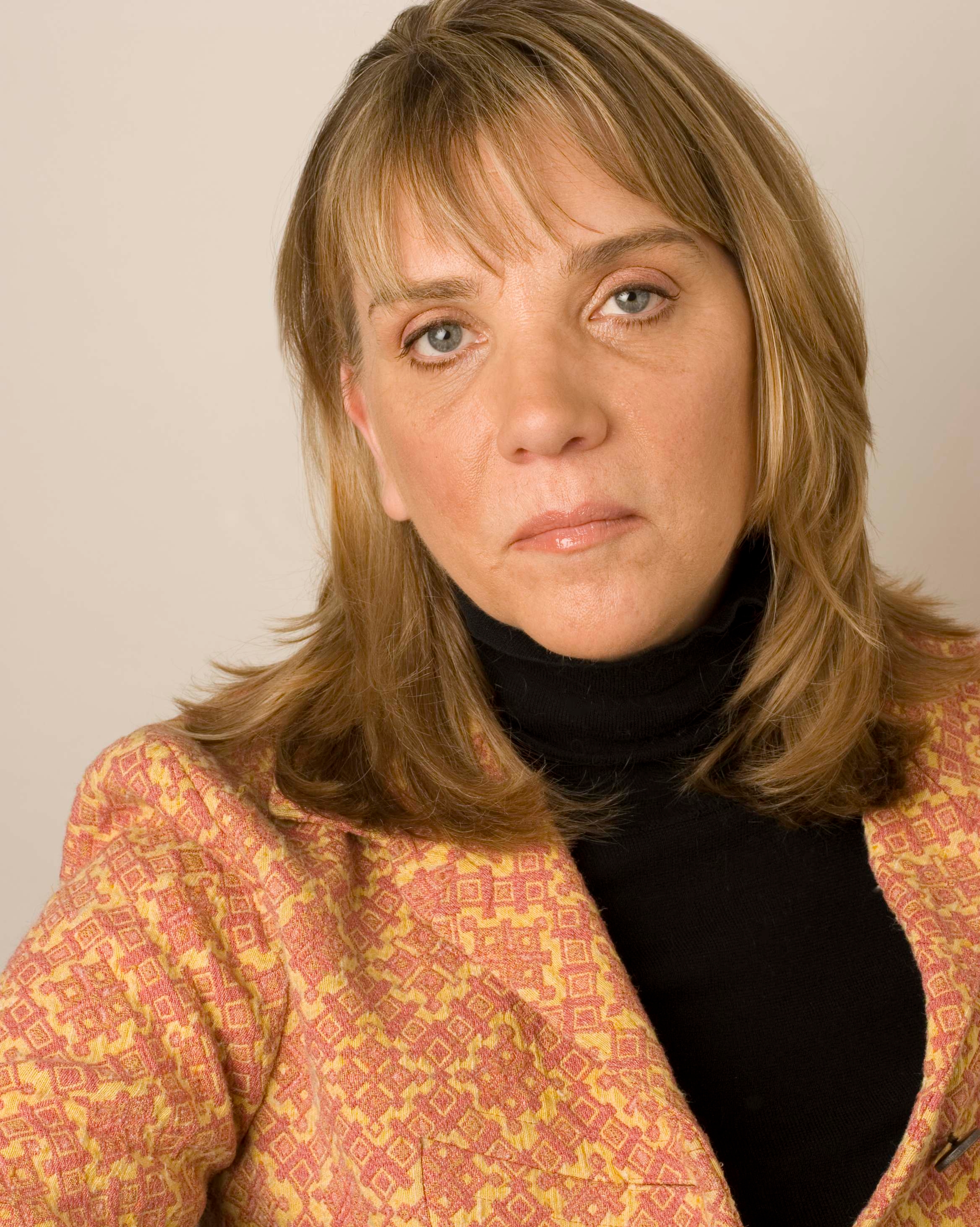
Wednesday, October 5, 2016
11:30 - 12:45 p.m.
Fred Jones Center 205
Linda Hoaglund
Film Director
Linda Hoaglund is a bilingual film director and producer who has subtitled 200 Japanese films and translated works by Japanese artists. Born in Japan as the daughter of American missionary parents, she attended Japanese public schools. A graduate of Yale University, she was a bilingual news producer for Japanese television before joining an independent American film production company as a producer. Since 1996, she has subtitled 200 Japanese films and translated and interpreted for Japan's most esteemed artists. In 2004, she received a commendation from the Foreign Minister of Japan for her work promoting Japanese film abroad. Among her films are ANPO: Art X War (2010), which tells the story of resistance to U.S. military bases in Japan; and Things Left Behind (2012), which explores the transformative power of photographs of clothing left behind by those who perished in Hiroshima The photographs themselves are works of art taken by renowned photographer Ishiuchi Miyako, winner of the 2014 Hasselblad Award.
Film Screening with Filmmaker – Hiroshima Nagasaki Download
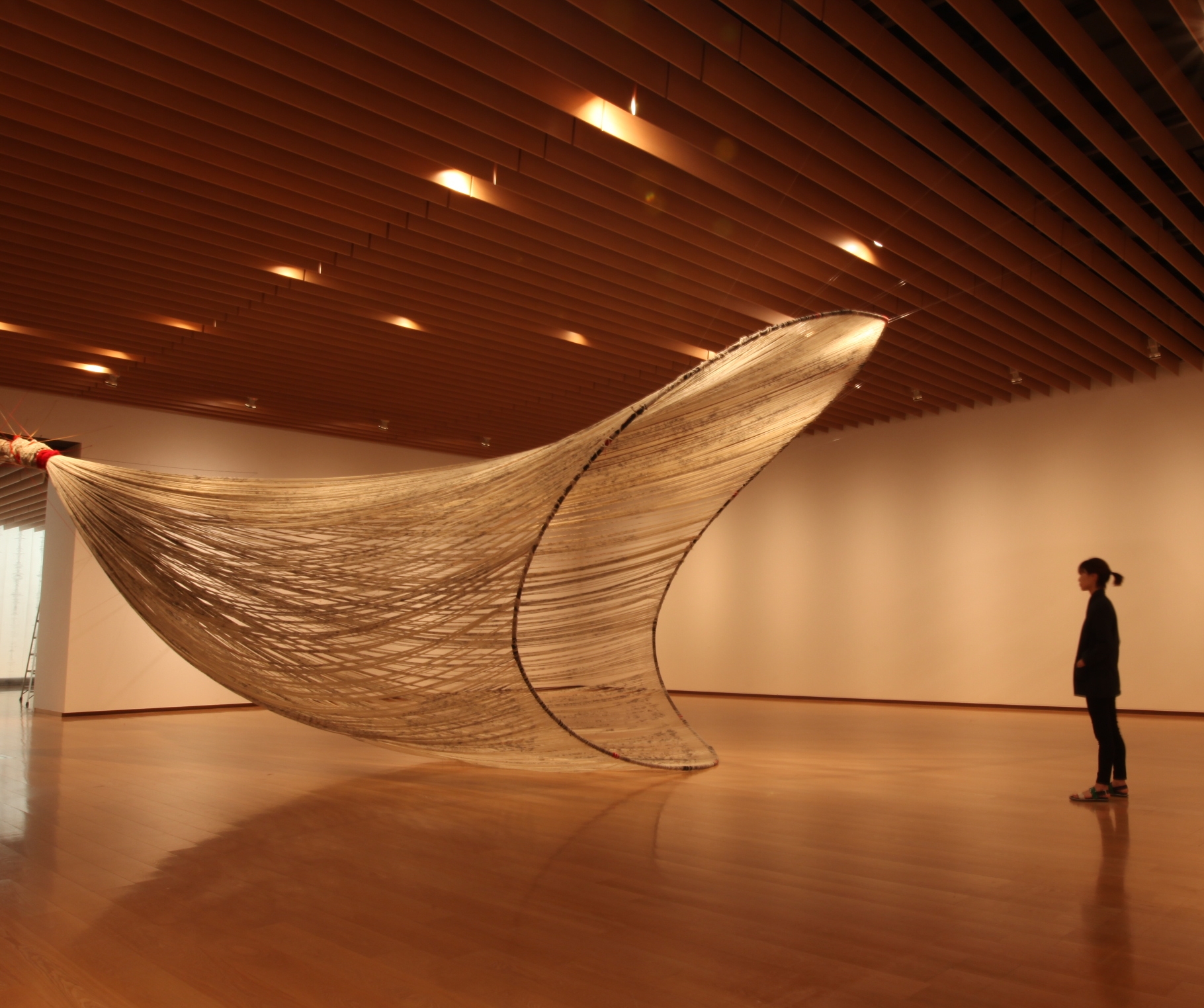
Tuesday, October 25, 2016
2:00 - 4:00 p.m.
Mary Eddy & Fred Jones Auditorium
Hiroshima Nagasaki Download (73 mins / 2010) by Shinpei Takeda. A road movie follows two high school friends as they drive down from Canada to Mexico visiting 18 survivors of the atomic bomb living in the North American west coast in search of the hypocenter in their memories. Director: Shinpei Takeda, Producer: Eiji Wakamatsu, Production: Atopus Studio Award: Audience Award at Shinsedai Film festival (Toronto, Canada), Special Mention award at Uranium Film festival (Rio de Janeiro, Brasil) Official Selection: Zipangu Film festival, Zipangu Est, Nippon Connection Film Festival (Frankfurt, Germany), Al Jazeera Int'l, San Diego Asian Film Festival, Asian Hotshots Film festival (Berlin), etc.
Antimonument: Possibilities and Impossibilities of Downloading Memories of Hiroshima and Nagasaki

Wednesday, October 26, 2016
11:30 - 12:45 p.m.
Fred Jones Center 205
Shinpei Takeda
Artist/Filmaker
Shinpei Takeda is a Japanese artist based in Tijuana, Mexico and Düsseldorf, Germany. He uses wide range of medium exploring a memory of human violence, particularly via the narratives of the exile. His recent projects include Alpha Decay series (2010-2012) and Beta Decay series (2013-2015) in which he took large installations in different sites across the world, which was based in his 8 years of investigations with interviewing over 60 atomic bomb survivors living in the North and South Americas. Shinpei is also a Founder and Creative Director of The AJA Project, a nonprofit dedicated to working with resettled refugee children in San Diego using a participatory photography since 2001. His recent documentary films include El Mexico mas Cercano a Japon (48mins/2008) about the first Japanese photographer of Tijuana in 1920s, and Hiroshima Nagasaki Download (73mins/2010). His recent publications include “Alpha Decay: How can contemporary art express the memory of atomic bomb.” (2014) and Hiroshima Nagasaki beyond the Ocean.
Auto Immune Response
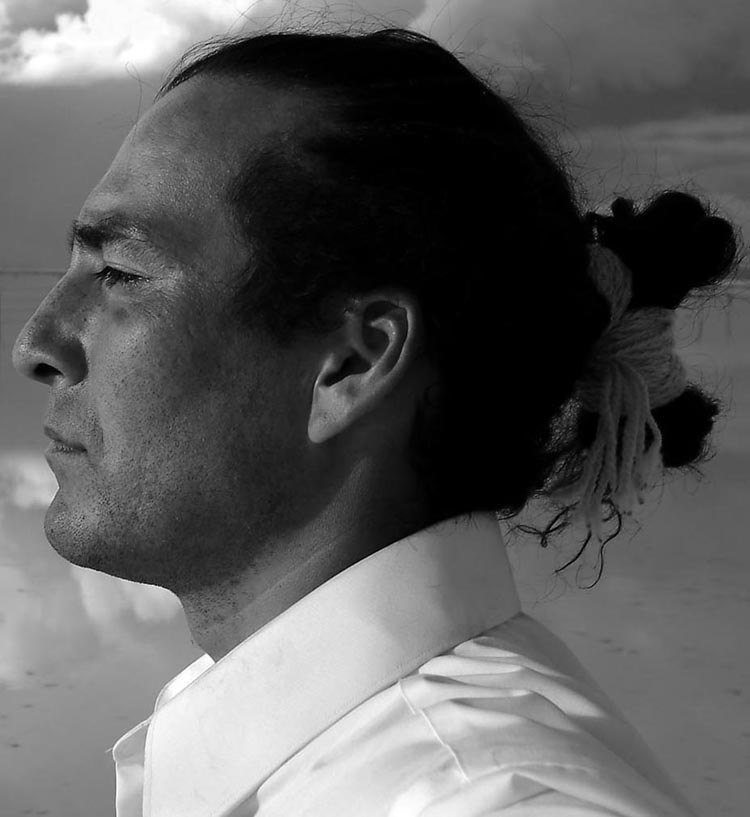
Monday, November 14, 2016
11:30 - 12:45 p.m.
Fred Jones Center 205
Will Wilson
Program Head, Photography, Santa Fe, Community College
William (Will) Wilson is a Diné photographer who spent his formative years living in the Navajo Nation. Born in San Francisco in 1969, Wilson studied photography at the University of New Mexico (Dissertation Tracked MFA in Photography, 2002) and Oberlin College (BA, Studio Art and Art History, 1993). In 2007, Wilson won the Native American Fine Art Fellowship from the Eiteljorg Museum, and in 2010 was awarded a prestigious grant from the Joan Mitchell Foundation. Wilson has held visiting professorships at the Institute of American Indian Arts (1999-2000), Oberlin College (2000-01), and the University of Arizona (2006-08). From 2009 to 2011, Wilson managed the National Vision Project, a Ford Foundation funded initiative at the Museum of Contemporary Native Arts in Santa Fe, and helped to coordinate the New Mexico Arts Temporary Installations Made for the Environment (TIME) program on the Navajo Nation. In his ongoing photographic series Auto Immune Response, Wilson imagines a post apocalyptic future for the Navajo nation, the site of toxic uranium mining. Wilson is part of the Science and Arts Research Collaborative (SARC) which brings together artists interested in using science and technology in their practice with collaborators from Los Alamos National Laboratory and Sandia Labs as part of the International Symposium on Electronic Arts, 2012 (ISEA).

